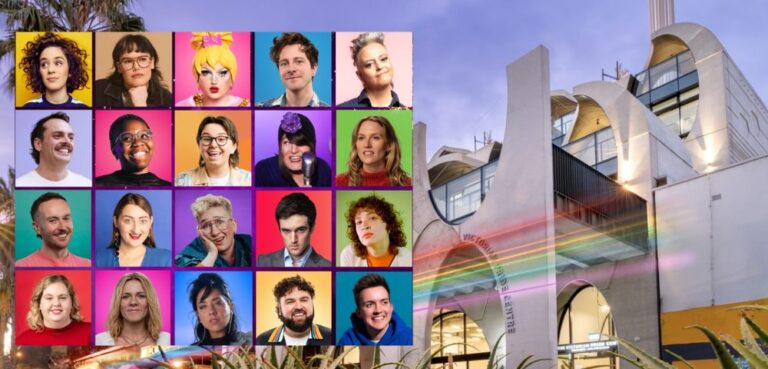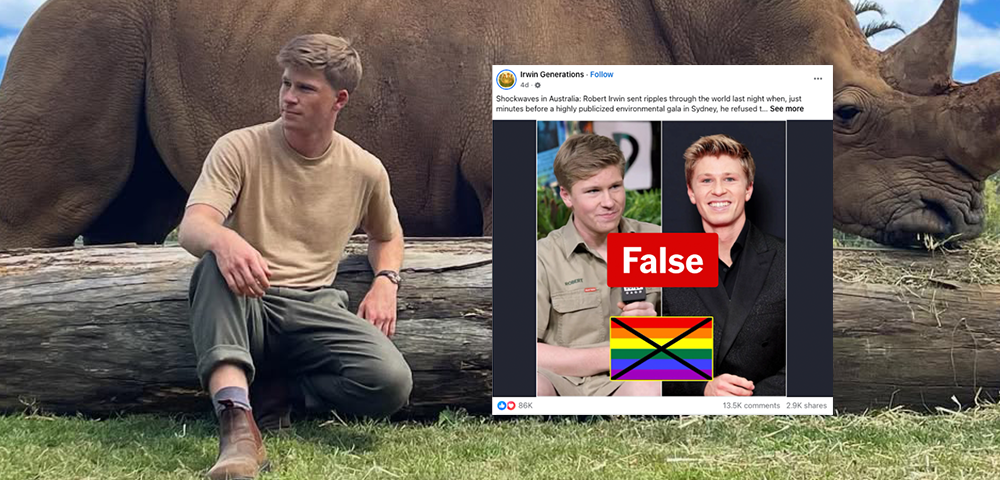
Photographer William Yang on bringing Sydney’s queer underground to the surface

The iconic social photographer William Yang speaks to John Voutos about his work bringing Sydney’s queer underground to the surface.
***
Growing up, could you have ever foreseen being the renowned artist you are today?
My parents wanted me to be a professional and I graduated in architecture but dropped out shortly after I graduated. The path to being an artist has not always been easy financially, but it has been satisfying and it was always what I wanted to do. I went where it took me. In the nineties and the noughties I had great success touring my performance pieces around the world. It has required determination, enthusiasm, and a big dollop of luck. I’m lucky to still be making work in my late years.
Playwright, photographer, live performance artist, filmmaker – do you have a favourite?
I’m probably best known as a photographer but my live performances are the best experiences for a viewer of my work, because I’m doing it live. The films are not as good an experience but they are a lasting record of my work, so they are important as an archive. I think that my main skill is that of a story teller using pictures. I’ve made talking with images my unique art form. There is a certain skill in extracting and shaping a story that I have developed over time.
With around 45 years of work available, what might the public not know about William Yang?
In my form of storytelling it is important for the storyteller to reveal himself, to be open, probably beyond a level of comfort, and that’s what an audience likes. But at the same time I don’t tell everything, there are some things that I keep to myself.
PARTY (verb) hits the Sydney Opera House this May. What can audiences expect?
The audiences will see the familiar format of my shows. I stand on the stage and talk with a microphone. I tell stories of the parties I’ve been to in Sydney, some public, and some private. There is a huge screen on stage, which project images of the people and the parties. This piece is slightly different from my other shows in that I show a lot of images, about twice the number I usually show. There are lots of photos of guys dancing with their shirts off, people is fabulous costumes, others taking drugs. Also, the sound track by Stereogamous is very energetic and more dynamic than any of the other shows. When performing, I often worry that I’m being swamped by the music but my producers tell me this isn’t the case.
How has our political and social landscape steered the queer party scene in recent years?
The peak of the dance parties occurred in the late eighties and early nineties when a kind of dance craze swept through Sydney like a fever, when there would be a big dance party every week and sometimes three on a long weekend. Now, it’s settled down. There aren’t as many dance parties, it seems that Mardi Gras has one big party a year. They are quite expensive to go to, so dance parties are very driven by demand. Sleaze Ball stopped a few years ago because not enough people wanted to go. I don’t know why this is, but on a personal level, I’ve been on the scene for over forty years now and feel it’s time to hang up my dancing shoes.
Would you say the accessible and omnipresent nature of social media has brought the underground to the forefront of mainstream culture?
That’s hard to say, I don’t know. I know that many of my younger straight friends watch RuPaul’s Drag Race, and with young people “straight” is something of a descriptive term from the past. I can’t think of many examples of an underground show that I’ve seen on the mainstream stage, although I suppose those cabaret shows like Briefs and Bent Burlesque they have during Sydney Festival and Mardi Gras could be examples. I do think that the Internet and social media have destroyed community life. I was on a panel at this year’s Mardi Gras about The Death of the Gay Bar.
You’ve witnessed close to 50 years of gay history – from the gay liberation movement to the AIDS epidemic – what would you like to see in-store for the next 50?
The story and history of the gay movement in Australia since Stonewall in 1969 is an amazing story; I feel privileged to be apart of it. Big social change has occurred in my lifetime. Our last big win was the same-sex marriage postal vote. So while not everyone accepts the GLBTI community now, the majority do, and social attitudes have changed hugely since 1969. However, there are places overseas where being homosexual is life threatening. That’s an area which I am supporting, signing petitions and giving money to for our GLBTI friends in Russia, Brazil, Iran, Africa, Brunei and India, to name a few.
PARTY (verb) hits the Sydney Opera House from May 10 – 11 as part of their Festival UnWrapped program. For more information or to buy tickets, visit: www.sydneyoperahouse.com









